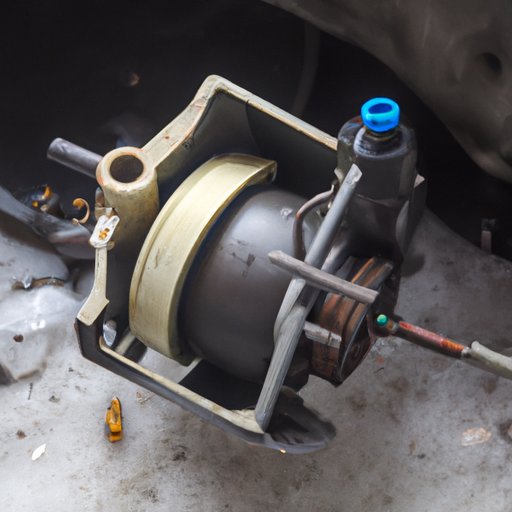How Can I Test My Starter Without Removing It?
Is your car having trouble starting? Are you worried that your starter may be faulty? Testing your car starter is essential to diagnose any issues and prevent a potential breakdown. While removing the starter for testing may seem like the only option, there are actually several methods to test the starter without removing it. In this article, we will explore six different methods that you can try to determine if your starter is working properly.
Method 1: Visual Inspection
One of the easiest ways to test your starter without removing it is through a visual inspection. Start by inspecting the starter for any visible damage or loose connections. Look for any corroded cables, loose bolts, or frayed wires. If you notice any of these signs, it may be an indication that your starter is faulty. Additionally, check for any signs of oil leaks around the starter, which can affect its performance.
Method 2: Voltage Drop Test
A voltage drop test is an effective method to test the performance of your starter. This test measures the voltage drop between the battery and the starter during the cranking process. To perform this test, you will need a digital multimeter set to the voltage setting. Connect the red probe to the positive terminal of the battery and the black probe to the positive terminal of the starter. Then, crank the engine and observe the reading on the multimeter. If the voltage drops significantly, it may indicate a problem with the starter.
Method 3: Using a Remote Starter Switch
A remote starter switch allows you to crank the engine without turning the key in the ignition. This tool is especially useful when testing the starter as it bypasses other electrical components. To use a remote starter switch, connect the positive lead of the switch to the battery’s positive terminal and the negative lead to the starter relay terminal. Then, connect the remote starter switch to the starter motor. Start the engine using the remote switch and monitor the performance of the starter.
Method 4: Tapping the Starter
While it may seem unconventional, tapping the starter can sometimes help diagnose the issue. Over time, the starter’s solenoid or internal components may become stuck due to wear and tear. By tapping the starter with a hammer or a blunt object, you may be able to free up any stuck components. To do this, locate the starter and give it a few taps while someone tries to start the engine. If the engine starts after tapping, it may be an indication that the starter needs repair or replacement.
Method 5: Conducting a Bench Test
A bench test involves removing the starter from the vehicle and testing it outside. Although this method requires removing the starter, it can provide accurate results. To perform a bench test, disconnect the starter from the vehicle and connect it to a battery, ensuring the positive and negative terminals are properly connected. Then, provide power to the starter and observe its performance. If the starter does not turn or produces unusual noises, it may need to be repaired or replaced.
Method 6: Listening for Clicking Noises
Another simple yet effective method to test the starter is by listening for clicking noises. Start by turning the key to the “ON” position without starting the engine. Then, listen carefully for any clicking sounds coming from the starter area. Clicking noises often indicate a problem with the starter solenoid or a weak battery. If you hear rapid clicking sounds, it may suggest that the starter is not engaging properly.
Conclusion
Testing your starter without removing it is crucial to identify any issues and ensure the smooth functioning of your vehicle. In this article, we discussed six different methods you can use to test your starter, including visual inspection, voltage drop test, using a remote starter switch, tapping the starter, conducting a bench test, and listening for clicking noises. By following these methods, you can effectively diagnose starter problems and take appropriate action to address them.
If you find any signs of a faulty starter or encounter difficulties during the testing process, it is recommended to consult a professional mechanic. Taking prompt action and addressing starter issues can save you from unexpected breakdowns and extensive repairs.
Remember, testing your starter without removing it is not only practical but also empowers you to troubleshoot issues before they escalate. So, don’t hesitate to test your starter and ensure the reliability of your vehicle.
(Note: Is this article not meeting your expectations? Do you have knowledge or insights to share? Unlock new opportunities and expand your reach by joining our authors team. Click Registration to join us and share your expertise with our readers.)
